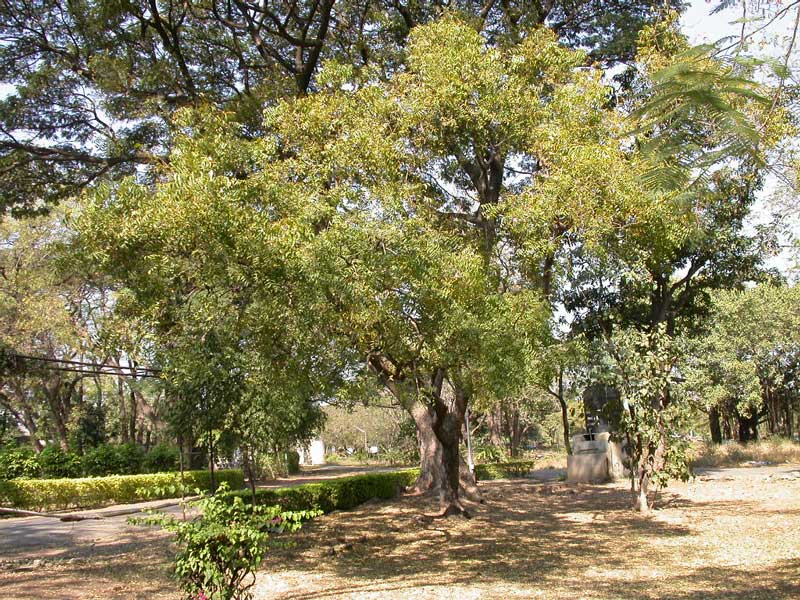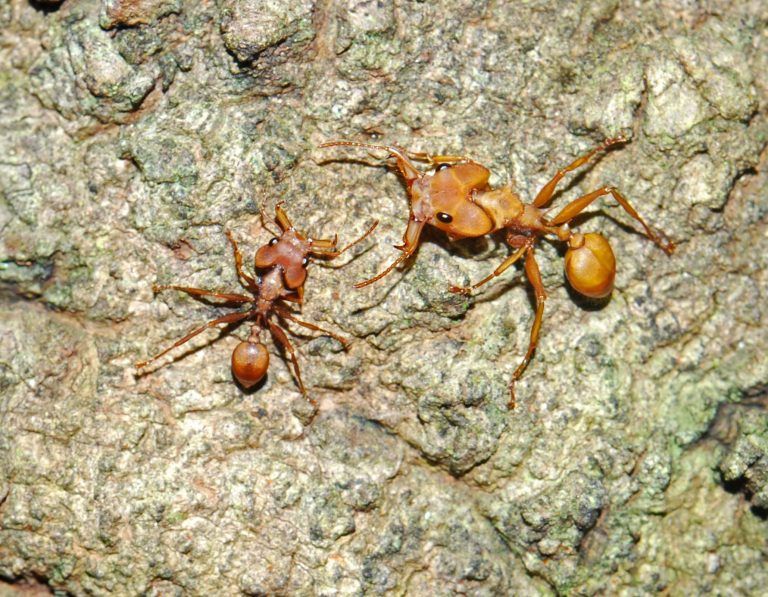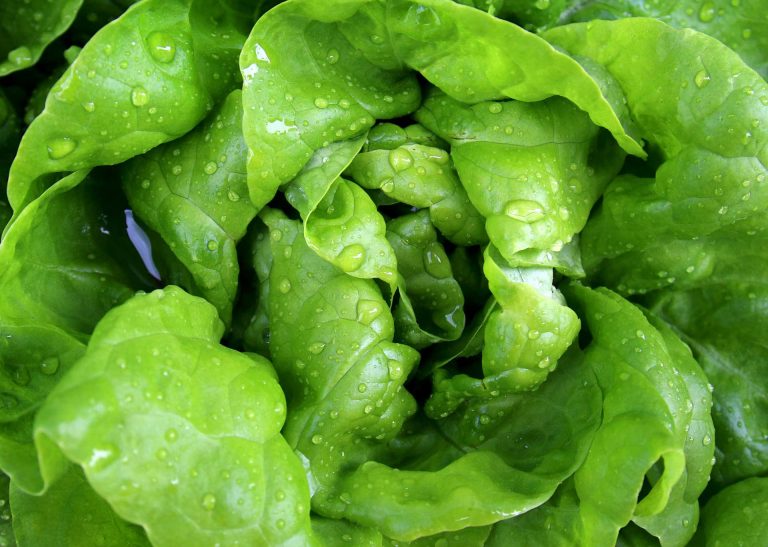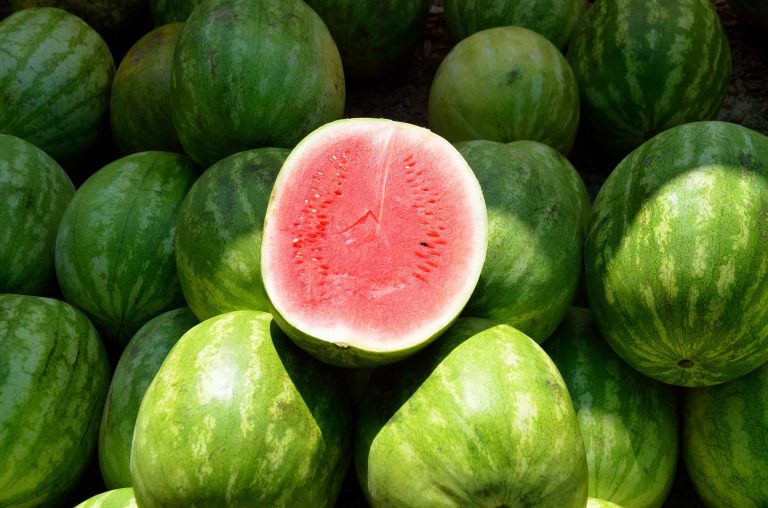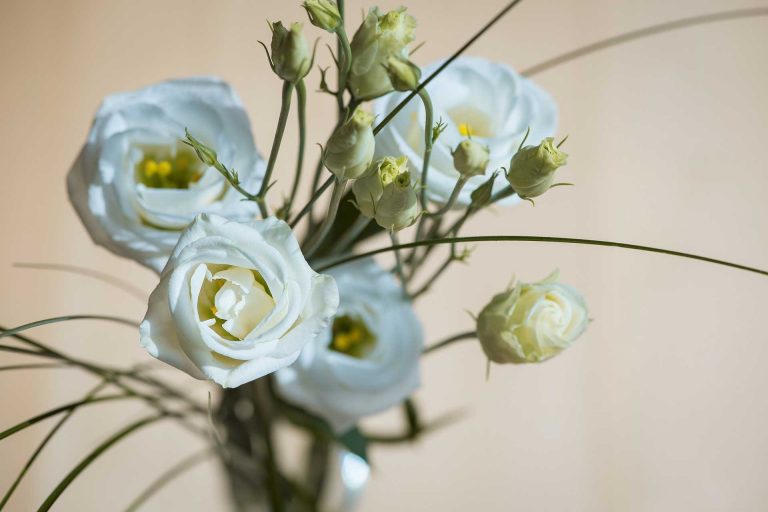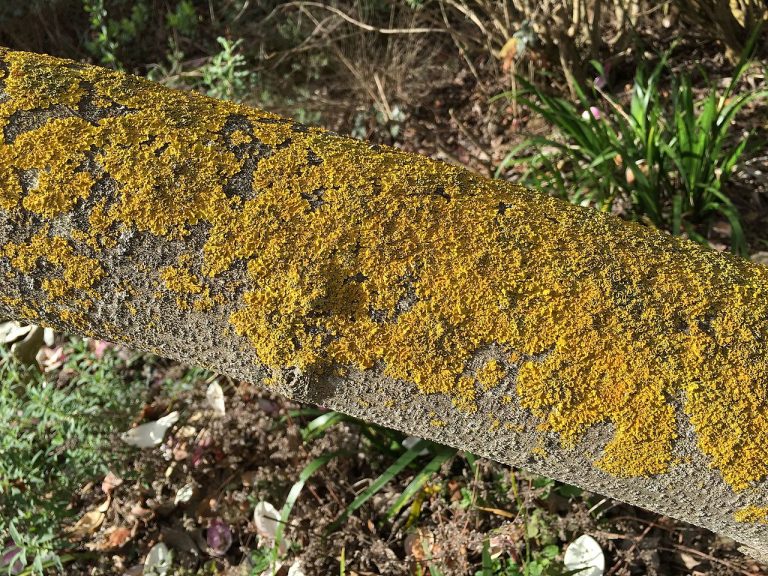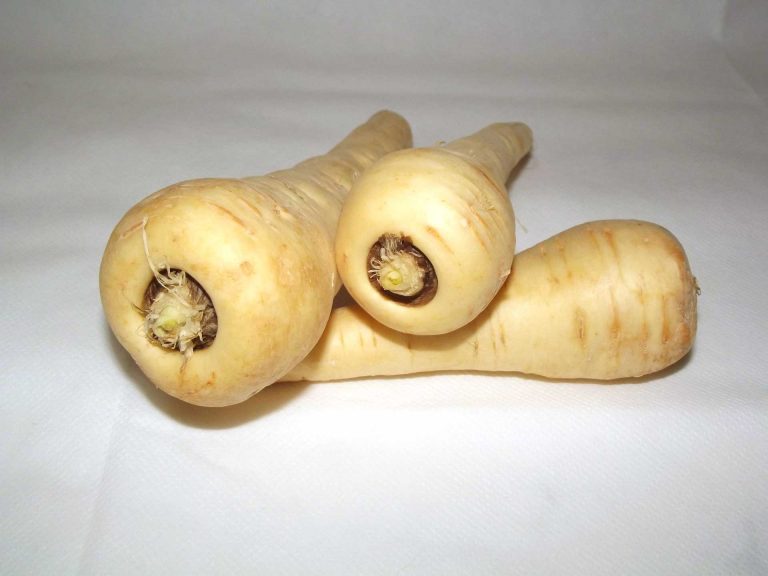Neem Tree
Scientific Classification
| Kingdom: | Plantae |
| Division: | Magnoliophyta |
| Order: | Sapindales |
| Family: | Meliaceae |
| Genus: | Azadirachta |
| Species: | A. indica |
| Binomial name: | Azadirachta indica |
Azadirachta indica is generally named as Neemor Nimtree and Indian Lilac. This is a tree that belongs to the mahogany family, known as Meliaceae.
The Neem plant, which is a native of Burma and India, is a quick-growing tree that has a long life.
From Burma, the Neem tree has widely spread and is at present growing in other parts of the world.
Indians have a high regard for this medicinal plant, because of its wide applications and benefits.
- Every part of this Neemtree is used in the preparation of various medicines, particularly for skin disease.
- Certain parts of this Neem tree are used in place of a spermicidal.
- Neem oil is used in the preparation of cosmetics (shampoo and soaps, and also lotions and many other items), it is also good for skin care like the cure of acne. The oil of Neem is effective as a mosquito repellent.
- Neem is used for destroying more than 500 species of mites, insects, nematodes and ticks. Neem does not kill the pests straight away, but it alters their mode of growth and their actions, it slows down their development and expels them. Products of Neem are good as a pest control ingredient since they are not toxic to friendly insects and animals and is also cheap.
Anatomy
The Neem grows fast and attains a height of 15 to 20 meters (49 to 66 ft.), It is Rare to see a Neem tree of height 35 to 40 meters (115 to 131 ft,). Even though it is evergreen, at times when the drought is severe, it probably sheds mostly all its leaves. The Neem tree’s branches spread out well. The intense crown of this tree is more or less round in shape, of diameter nearly 15 to 20 meters (49 to 66 ft.) in a specimen that is old and secluded. The Neem tree has similarity with its like, the Chinaberry, botanically named Melia Azedarach. The length of the pinnate leaves in opposite directions measures 20 to 40 cm. (7.9 to 15.7 in.), each average to moderate leaf measuring 20 to 31cm.3 to 8 cm. (1.2 to 3.1 in.) in length. The petioles are short and the terminal leaflet is most of the time not visible.
The fragrant, white colored flowers are oriented in a somewhat drooping manner with auxiliary panicles of length 25 cm. (9.8in.). The arrangement of flowers on a stem, branches out to the third degree, with 150 to 250 blooms. A single flower is 5 to 6 mm (0.20 to 0.24 in.) in length and about0. 31 to 0.43 inches in width. Both male and Protandrous bisexual flowers grow on the very same tree.
The fruit of the Neem tree is a glossy (glabrous) drupe like the shape of an olive, elongated or more or less round; the ripe one is 1.4 to 2.8 cm (0.55 to 1.10 in) long and 1.0 to 1.5 cm (0.39 to 0.59) wide. The skin (exocarp) of this fruit is thin and the pulp (mesocarp) is bittersweet, very fibrous and yellow to white in color. The thickness of the mesocarp is 0.3 to 0.5 cm. (0.12 to 0.20in.). The inner shell (endocarp) of the fruit, which is hard and white in color, enfolds one or perhaps two or three long seeds (kernels) with a brown coating on the seed.
This attractive evergreen Neem tree having broad leaves grows to a height of 30m and in girth to 2.5 m. Their branches are extended in the form of a round crown measuring 20 m in diameter. The leaves stay on the tree, except that in severe drought they drop. The trunk, which is normally short, has a crumpled bark, which is sufficiently strong and thick. The roots of the Neem trees go deep into the soil, depending on the sites where they are planted; they generate suckers if they are damaged.
Habitat
The Neem tree is one among the two Azadirachta genuses, ingenious to India and the sub continents of India inclusive of Pakistan, Nepal, Sri Lanka and Bangladesh, particularly grown in tropical and semitropical regions. At present, they are grown in the southern islands of Iran. Neem oil is produced from its seeds and fruits.
The Neem is called the tropical evergreen tree; it was known in the 19th century and has value for its medicinal uses. The normal height to which a Neem tree grows is 12 to 15 meters. The Neem is cultivated in large scale in Kenya, Tanzania, Guinea, Senegal, Somalia, Mauritania, Togo, Burkina Fasco and Nigeria.
GROWING AT HOME
Soil for Planting
The Neem tree is famous for its resistance to drought. Generally it flourishes well in partially dry and in the partial humid surroundings, where the rainfall is 400 to 1,200 mm (16 to 47 in) per year. The Neem tree grows in regions where the rainfall is less than 400mm, depending on the level of the ground water. They grow in different varieties of soils. However, they grow well in soil that is properly drained
The Neem thrives in soils of all varieties inclusive of saline, clayey and alkaline, with pH as much as 8.5, however, it flourishes in black properly drained soil, where the water in the subsoil is good. Quite different from the other trees of multipurpose species, the Neem grows well in stony, dry, shallow soil and also grows in soils with hard calcareous or clay pan, of low depth. The Neem increases the fertility of the soil and its capacity to hold water, on account of its special characteristic of mining calcium that converts the acidic soil to neutral soil.
Planting
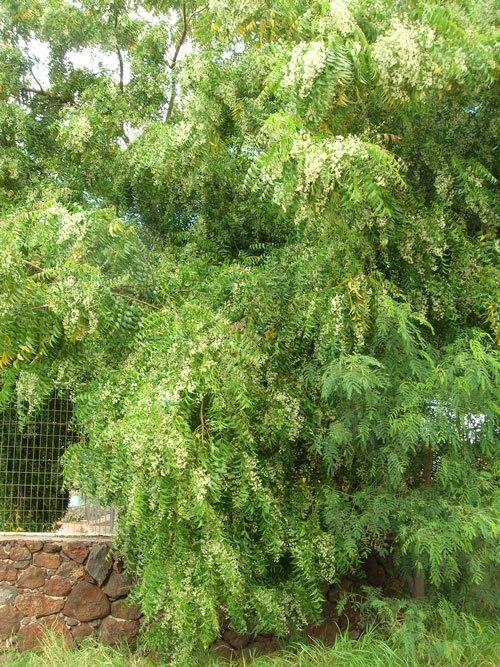
Photo by: Forest & Kim Starr
By all means cover the seeds to almost 1 inch deep soil in a nursery. Whether you need to grow several trees or not, begin with planting your seeds in tiny pots. The gardening tip that is important is to start growing your cultivation of Neem trees in spring, since the temperature then is ideal for germination. The germination time for the seeds is 3 to 4 weeks.
Dig a hole bigger than the size of the pot or the root ball system. Be sure that you plant the tree deep enough to cover the whole root ball. Following establishing the plant in the hole, fill it up with soil.
The gardening tip that is most crucial is to water your tender tree weekly once, applying an organic fertilizer such as a liquid fish emulsion. Take care to observe the instructions given on the wrapper, prior to application of the fertilizer. Apply one half and dilute it with 1 gallon of water. It is imperative to avoid watering the tree in winter.
Watering
The Neem tree is not concerned about the quality of water it gets, and flourishes on the available little you give it, no matter what quality it is. In India and the tropical regions of the Indian Diaspora, we commonly observe the Neem trees grown in rows along the streets for the purpose of giving shade, around schools, temples and several other public places or even in the backyards of many houses. In areas where it is extremely dry, they are planted in huge tracks of land.
Watering it regularly is fine, but never water it in excess, Be certain that the soil is dry when you repeat watering it.
Overwatering is perhaps the greatest risk you are taking for your name tree. Actually, it is impossible for it to withstand a wet floor and is likely to develop problems due to fungi and decay of the roots.
Temperature and Humidity
The Neem tree grows in any type of soil; however, it flourishes in deep sandy soil that is properly drained. Classically, it is of the sub tropic to tropic region and survives in the yearly average temperatures ranging from 21 to 32 or 70 to 90° F. Even though it adjusts with extreme temperatures, it is intolerable to temperatures less than 4°C (39°F).
Flowering and Maturing
During the initial year of planting, the growth of the Neem plant is slow. It is impossible for the young Neempants to grow in too much shade, extreme cold and frost. The usual time when a Neemtree starts bearing fruits is within 3 to 5 years and is completely developed over 10 years.
Care
When the seeds have germinated and when it is in the process of growing, apply fertilizers very frequently. The quantity of fertilizer depends on the tree size and the period of the year (apply a greater quantity when the growth is flourishing and restrict the amount in the winter).
During spring, it is ideal to prune your young tree. In case you desire to limit the size of the tree, then prune it during the end of summer.
Pest and Pesticides
In general, most of the Neem trees are known as free from pests. But since of late, a grave menace has materialized. In certain regions of Africa (chiefly in the Lake Chad Basin), a scale insect (named Aonidiella Orientalis) has emerged into a dangerous pest. In Central and southern parts of India the scale insects at times infest Neem trees. These pests feed on the sap and even though their harm is limited to grown up trees. They are liable to damage young trees.
Harvest Month and Storage
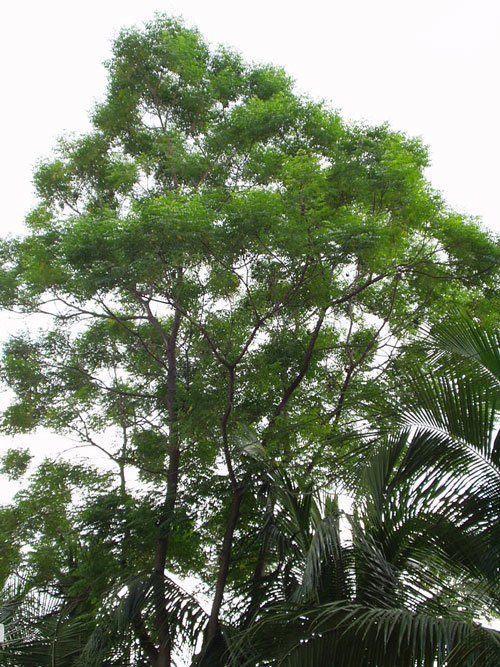
Photo by: Abdullah Al Mamun
The normal time for a Neem tree to bear fruit is 3 to 5 years and it is completely productive after 10 years and the year after, produces 30 to 100 kg of fruits every year. According to the rainfall, in insolated, genotype or ecotype types of soil this tree lives for over two centuries. From 50 kg of fruit we get 30 kg of seeds, which in turn yields 6 kg of oil and from the byproducts we get 24 kg of seed cake.
Commercial Uses
To a certain extent all the parts of the Neem tree such as leaves, roots, seeds, flowers, branches and trunk are useful in several ways. Besides being a very good pesticide, the Neem is also a good source of food for the animals and further used as timber and fuel.
Examples of Uses Are:
Timber
The color of the heart wood of the Neem tree is brown with a red tint and the sapwood is white with a gray tint. It is a fragrant wood. The wood of the Neem is not that glossy, however, it is easy to use the saw. When you saw it in wet conditions, seasoning becomes easy. The Neem wood is worked by machine as well as by hand. It does not absorb polish so well. Even if the name timber is exposed to the atmosphere for a long time, it lasts for a long time without rotting. The Neem is resistant to wood worms and termites. Since ages, the Neem wood is used as a means of firewood. The charcoal produced from Neem wood is of high quality.
Bark
The bark of the Neem tree possesses tannins, which is good for dying, tanning, etc.. There are compounds extracted from Neem that are used in producing items for dental-care, such as toothpaste, etc.
NeemSeeds
The pulp made from the Neem seeds is used to produce methane gas. Apart from this, it is used as carbohydrates, which is an excellent base for several fermentations in industries.
Leaves
The leaves of the Neem tree have very good medical uses. It is also used to control pests and to prevent diseases. It is an excellent feed for livestock, when mixed along with other feed for animals. In certain provinces of India, the Neem leaves make for a very good fertilizer for fields that have good yield, particularly in the southern provinces of India. In certain countries they use the Neem leaves as mulch in the tomato and tobacco fields. This mulch when spread to the roots of the plant, become highly effective in destroying weeds and retaining the moisture in the roots of the plant. An additional advantage of the Neem leaves is that they protect silk and woolen clothes that are shelved, from pests.
Neemcake
Neem cake has wide usage, as an ordinary pesticide or a fertilizer and even as feed for livestock. When mixed with urea, prior to the application in the fields, besides supplying organic nitrogen, it also restricts the process of nitrification. The reduction in the cost of agricultural production is possible by using this Neem mixed with urea in the ratio of 90:10; this saves 30% of the total requirement of chemical nitrogen for the crop. In India the Neem cake is used to a great extent as a fertilizer for vegetables, sugar cane and similar cash crops. Neem leaf when added to the soil, shields the roots of the plant from nematodes and soil-insects.
Neemoil
Neem oil is used in plenty for the production of soaps, which is very economical. If this is made use in the best manner for producing soap, it merges the hygiene aspects to produce a health soap. Medicated soap having the aroma of Neem has resulted as one with a powerful anti-germ property. Apart from this, the Neem leaf is also used in the production of dog soap and dog shampoo, where it kills ticks, lice and fleas. In Germany, Neem oil is used in many ways like hair tonic, herbal hair oil and nail polish.
Other applications
Neem is in vogue as a beautifying ingredient. The Neem leaves and the Neem oil are used by certain companies in the production of cosmetics, such as nail polish, facial creams, nail oils, conditioners and shampoo, etc. This Neem oil is further used in manufacturing Mosquito Repellants. The supplements’ of cattle leaves have Neem leaf powder which kills worms. Creams that are manufactured with Neem oil is widely used in healing wounds caused by animal bites, In Kenya, household of rural farming have identified the Neem as a cheap method of protecting their local chickens from the dreadful disease of the New Castle virus.

Having discovered a fondness for insects while pursuing her degree in Biology, Randi Jones was quite bugged to know that people usually dismissed these little creatures as “creepy-crawlies”.

